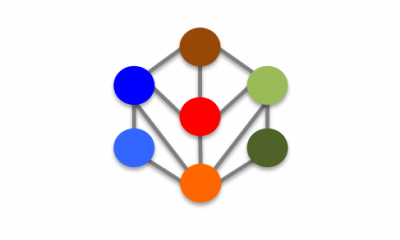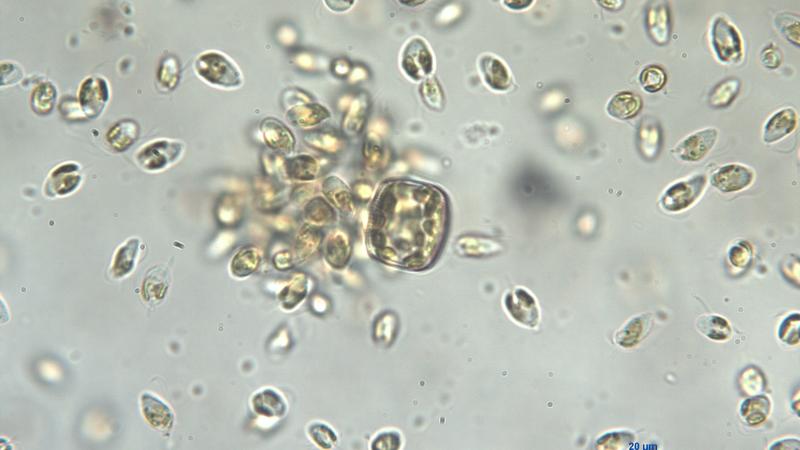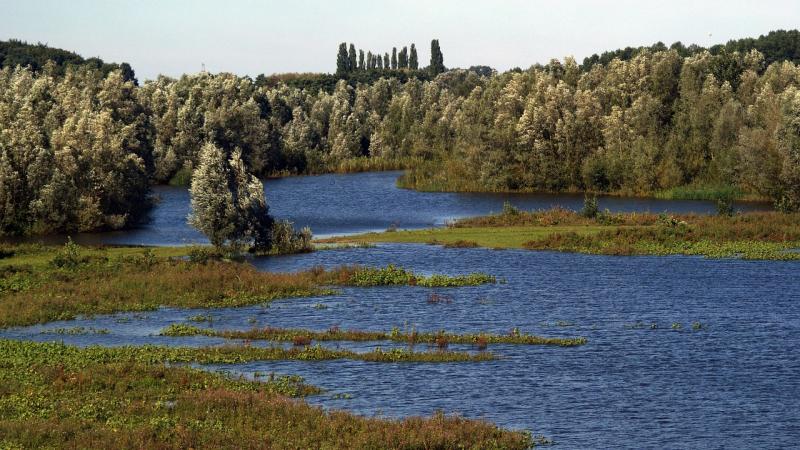There are more than 3000 lakes in Brandenburg and Mecklenburg-Western Pomerania. Many of them are connected by rivers over smaller and larger distances. This enables us to undertake extensive canoe tours and paddle from one lake to the next – e.g. on the river-lake system of the Upper Havel, our research area which belongs to the network of federal waterways and is highly frequented especially in the summer months. But not only boats use such river-lake systems, nutrients and aquatic organisms such as algae can also pass from one lake to the other.
What happens, for example, if a local heavy rainfall at a lake leads to an increased nutrient input and thus to an algal bloom? How quickly and to what extent are the nutrients and algae transported to the lakes downstream in the lake chain? Do connected lakes have an increased risk of developing blue-green algae blooms? And is there a connection between algal blooms and the emission of climate-relevant gases such as methane and carbon dioxide? An interdisciplinary team of scientists is investigating these questions in this year's summer experiment at the IGB LakeLab as part of the project "c/node/7625 ".
In the LakeLab experiment, different water residence times of approx. 0.1 to 1 year are simulated, which are representative for the river-lake system of the Upper Havel. What exactly does this mean? The water residence time indicates how long it takes to exchange the entire water volume of a lake. If it is 1, it takes 1 year, i.e. 365 days, whereas if it is 0.1, it takes only 36.5 days.
In addition to the connectivity of lakes, CONNECT also deals with the connection between water ecology and remote sensing. Support comes from the 7 project partners (FUB, TUM, DLR, GFZ, IOW, ZALF, HZG). Furthermore, 12 scientists from Europe, USA and Australia, financed by the AQUACOSM Transnational Access Program, participate in the LakeLab experiment.
Preparations for this year's LakeLab experiment already started in the beginning of April. The actual experiment starts today on 1 August, when the 24 enclosures of the LakeLab will be connected to each other to form six chains with 4 enclosures. During the experiment, extensive sampling takes place twice a week at the LakeLab. Thus, the researchers can observe how the algal growth in the different enclosure chains is affected and what further effects this has.








